
The following article by David Strange was originally published on 23 Aug 2015. It is archived here for your reading enjoyment.
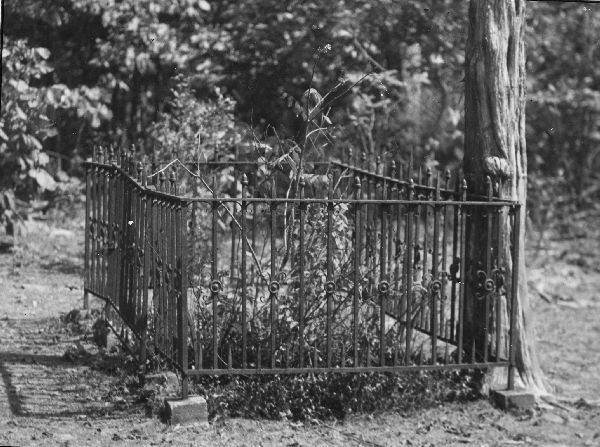
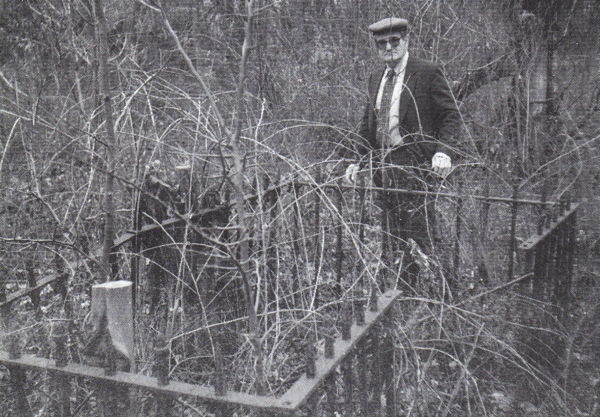
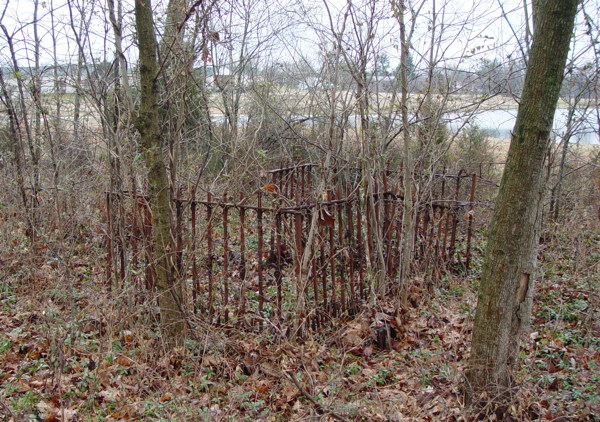
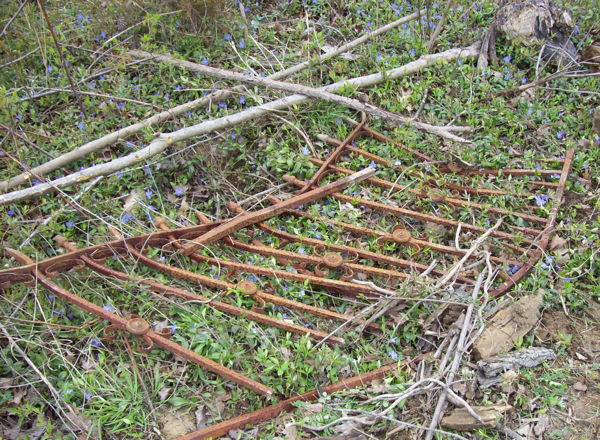
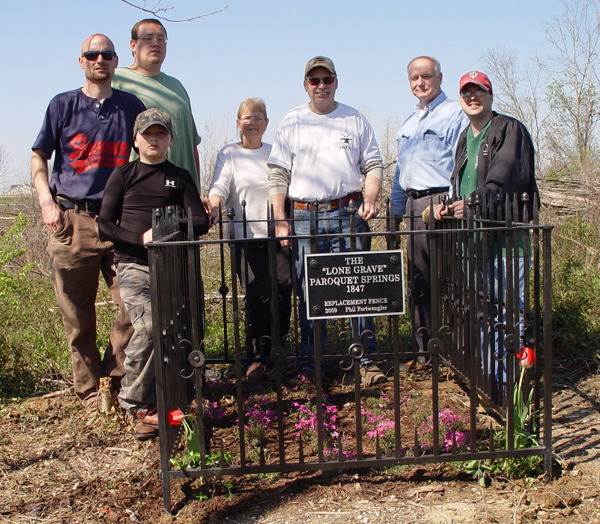
The story of Bullitt County's "Lone Grave" is one of the most classic romantic stories there is.
How much of this tragic love story is actually true? Well, let's just believe, shall we?
The Lone Grave itself certainly exists to this day, located on private land off South Lakeview Drive that was once part of John D. Colmesnil's Paroquet Springs Resort Spa of which co-author Charles Hartley wrote in this column over the past two Sundays. The details of the Lone Grave story vary about as often as the story is told, but let me tell you this compiled version that I like to think is true.
Paroquet Springs, in the 1800's, was a mineral springs resort. Wealthy people from many states, especially the south, would come and spend the summer there in its lavish hotel, walking its beautiful tree-lined paths, and "taking in the waters."
During the summer of 1846 two young people would meet and their remaining short lives would be tragically changed forever.
Alice Buford, it is said, was a beautiful dark-eyed woman from Mississippi, who came to the Springs with her widowed mother. Alice was the bell of the ball, as some would say; the center of attention of all of the eligible young bachelors.
But then Charles "Chester" Scott arrived. Stories vary about from where he came. Some say Virginia, some say New York, Massachusetts, and even Kentucky itself.
All the stories agree that from the time they met, Alice and Chester had time for no one else but each other. For the rest of the season they were inseparable, spending many happy days wandering the grounds and sitting together in a grapevine swing next to a huge old beech tree.
As the season came to an end, the man from the east and the woman from the south met one last time by the beech tree on September 14 and pledged to marry one another the following spring on May 1st, and parted to head back to their homes for the winter.
But cruel fate was already working its doom. The Mexican-American War had begun. When Chester got home, he was called to military service and rushed off to war. He lost his life sometime in March, 1847, during the Battle of Vera Cruz.
Alice was devastated. Inconsolable, her health began to decline. Eventually, willingly, she passed away from a broken heart, leaving word that her remains be conveyed to Paroquet Springs and buried there, without ceremony, in the lonely spot by the old beech tree where, but a few months before, she and her love had sat together in a grapevine swing and pledged their lives together. She requested that her grave be protected by a simple iron fence that would bar intruders but permit the soul of her lover to pass.
She also asked that there be no tombstone. I suppose she might have thought there was no better one than already existed when both were alive, for it is said that on the old beech tree was carved the words:
ALICE BUFORD
CHESTER SCOTT
Sept 14, 1846
Who is to say, now, what is fact or fiction? The beech tree is gone, though there are those who remember it. The iron fence stood against time for 160 years, until it was destroyed when a developer's bulldozer ran over it in 2008. But a new, handmade fence replaced it, made by artisan Phil Fortwengler, who included portions of the old fence in his work. Newspaper stories record that Capt. Colmesnil, the son of Springs owner John Colmesnil, and a Capt. Heady helped in the burial. My research did find that a Major Martin Scott, of Vermont, was killed in the Battle of Molino Del Rey. There were also several unknown soldiers lost in the war. But no Chester Scott or Alice Buford have ever been confirmed in any records that I know of.
Yet there it sits: a lone grave, a lonely grave, for a lonely woman, surrounded by an iron fence and no marker but a small one added when the fence was rebuilt. Perhaps we will never know the true story of The Lone Grave. As for me, I'm not sure I want to know the facts this time. I prefer to remember the story.
We are grateful to Bob Cline, Daniel Buxton, and others who have provided these photos to the Bullitt County History Museum. Additional information about the Lone Grave may be found on other pages here and here.
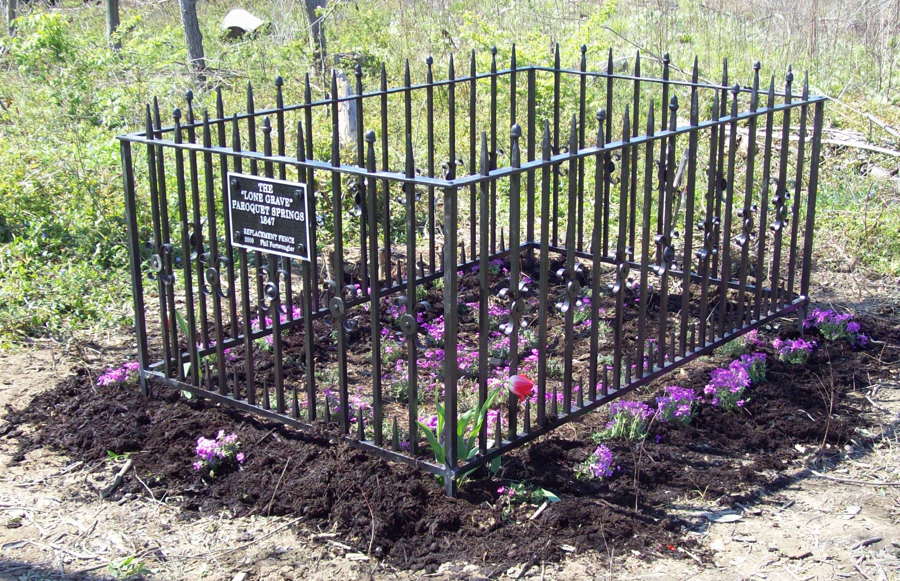
Copyright 2015 by David Strange, Shepherdsville KY. All rights are reserved. No part of the content of this page may be included in any format in any place without the written permission of the copyright holder.
The Bullitt County History Museum, a service of the Bullitt County Genealogical Society, is located in the county courthouse at 300 South Buckman Street (Highway 61) in Shepherdsville, Kentucky. The museum, along with its research room, is open 10 a.m. to 4 p.m. Monday through Friday. Saturday appointments are available by calling 502-921-0161 during our regular weekday hours. Admission is free. The museum, as part of the Bullitt County Genealogical Society, is a 501(c)3 tax exempt organization and is classified as a 509(a)2 public charity. Contributions and bequests are deductible under section 2055, 2106, or 2522 of the Internal Revenue Code. Page last modified: 12 Sep 2024 . Page URL: bullittcountyhistory.org/memories/lonegrave.html